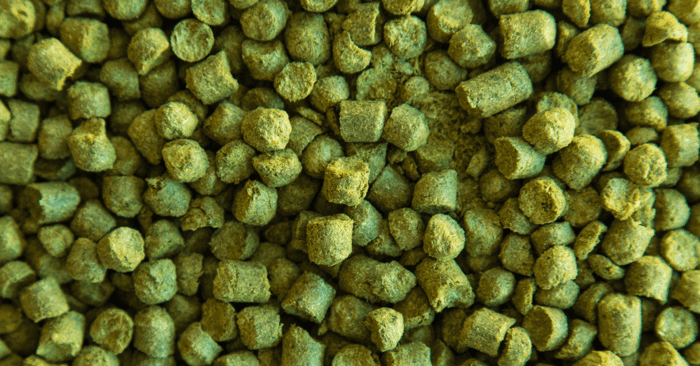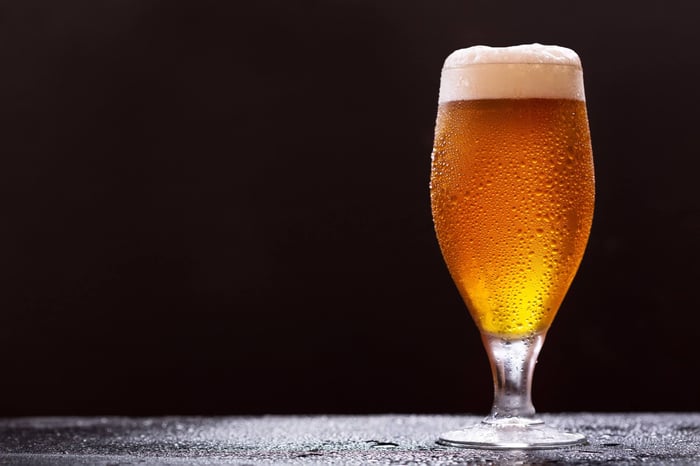Dry hopping mastery extends far beyond selecting the right varieties or calculating proper dosage rates. The temperature at which you introduce your hops can fundamentally alter the aromatic profile of your finished beer – yet most brewers never consider this crucial variable.
Through systematic experimentation, we've uncovered some fascinating insights about temperature's role in hop extraction. The results might challenge everything you thought you knew about dry hopping technique.
Methodology: A Controlled Temperature Study
Our team designed a comparative study using identical wort split across three fermentation vessels. The test beer – a hoppy black saison – provided the perfect canvas for evaluating temperature effects on hop character extraction.
The foundation recipe incorporated 50g each of Mosaic and Citra added during the final minutes of the boil, with fermentation handled by Belgian ale yeast. Upon reaching 1.020 specific gravity, each 6.5-litre batch received identical dry hop additions: 34g Mosaic and 34g Citra.
The critical differentiator: temperature management during dry hopping. One fermenter remained at ambient temperature (20°C), another was chilled to 12°C, and the third was warmed to 26°C using a heating pad. Contact time remained constant at three days across all samples.
Sensory Analysis Results
Blind evaluation revealed clear preferences among our tasting panel. The chilled sample (12°C) delivered exceptional hop aroma intensity and flavour complexity. The ambient temperature sample (20°C) showed similar characteristics but with noticeably reduced intensity. The heated sample (26°C) performed poorly, exhibiting muted hop character and diminished aromatic quality.
These findings contradicted our initial hypotheses, particularly regarding the superior performance of the cold-conditioned sample.
Understanding the Extraction Dynamics
Scientific literature indicates that alpha acid solubility increases with temperature, yet the practical difference between 4°C and 20°C proves minimal for extraction completeness. Most alpha acid dissolution occurs within 24 hours regardless of temperature conditions.
The advantage of cooler temperatures appears to lie in preserving volatile aromatic compounds. Heat accelerates the loss of delicate hop oils and esters that contribute to fresh hop character, whilst cooler conditions maintain these crucial aromatic elements.
Additional Benefits of Cold Dry Hopping
Beyond improved aroma retention, cooler dry hopping temperatures offer enhanced clarity potential. Protein-hop particle complexes that contribute to haze formation appear to flocculate more effectively under chilled conditions, resulting in clearer finished beer.
Implementation Guidelines
Consider these parameters for cold dry hopping success:
Temperature Range: Target 10-12°C for optimal results
Timing: Add hops at your standard gravity point (typically 1.020), then reduce temperature
Duration: Maintain standard contact periods (72-96 hours)
Equipment Requirements: Fermentation refrigeration or naturally cool cellaring conditions
Future Research Directions
This preliminary study raises intriguing questions about optimal dry hopping parameters. Further investigation into specific temperature ranges and their effects on different hop varieties could yield additional insights for improving hop utilisation efficiency.
The intersection of traditional brewing techniques with modern temperature control capabilities offers exciting possibilities for enhancing beer quality through precise process management.
L'équipe du Grainfather









